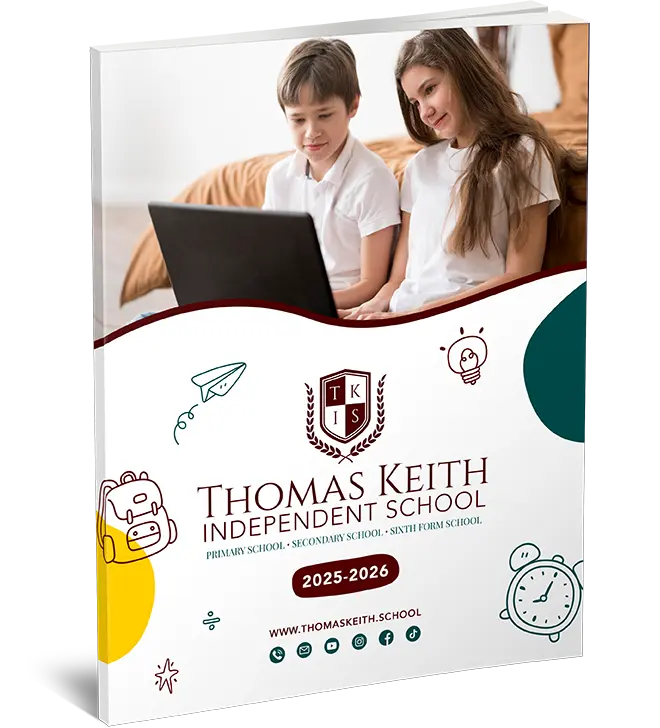Key Points about Contractions in KS2
Contractions in KS2 are a key part of language learning that helps students communicate more naturally and improve their writing skills. Contractions are shortened forms of words or phrases commonly used in everyday speech and writing. By combining two words into one and replacing letters with an apostrophe, contractions help make language sound more fluid and less formal. Understanding contractions in KS2 allows students to express themselves more easily, creating smoother communication in both writing and speaking.
What are Contractions?
Contractions in KS2 are formed by joining two words together and replacing some letters with an apostrophe. For example, “I am” becomes “I’m,” and “do not” becomes “don’t.” Learning to use contractions correctly can help students make their writing more conversational and accessible.

Common Contractions in KS2
- I am → I’m
- You are → You’re
- We will → We’ll
- They have → They’ve
- It is → It’s
- Cannot → Can’t
Why Use Contractions in KS2?
Contractions in KS2 help students write and speak in a way that sounds more natural and fluent. Using contractions makes sentences easier to read and understand, while also making language sound more like everyday conversation. These shortened forms are especially useful for informal writing and casual conversations.
In KS2, students often start learning how to use contractions in their writing. By practising these forms, they can develop their communication skills and start using language more efficiently in both speaking and writing.
When to Avoid Contractions in KS2
While contractions in KS2 are great for informal writing, they should be avoided in formal writing contexts. For example, in academic essays, professional reports, or official documents, it’s better to use the full form of words. Using contractions in these contexts can sometimes make the writing appear too casual or unprofessional. Understanding when and where to use contractions helps students adapt their language to the situation at hand.

Example: Thomas Keith Online Independent School
At Thomas Keith Online Independent School, students learn how to use contractions in their everyday communication. For instance, they might write, “I’m excited for the lesson,” instead of “I am excited for the lesson,” reflecting a more casual tone. This helps them understand the difference between formal and informal language. The ability to use contractions in KS2 is an essential skill that adds fluidity to their spoken and written language.
FAQs
Q1: Are contractions used in formal writing?
A1: Contractions are generally avoided in formal writing, such as academic essays, professional reports, or official documents. In these settings, it’s important to use the full form of words to maintain a more professional tone.
Q2: Can contractions change the meaning of a sentence?
A2: No, contractions do not change the meaning of the sentence. They simply shorten the expression. For example, “I will” and “I’ll” have the same meaning. The difference is only in how the words are written or spoken.
Q3: Why should students learn contractions in KS2?
A3: Learning contractions in KS2 is essential because it helps students sound more natural in speech and improve their writing style, especially in informal contexts. Mastering contractions gives students the ability to adapt their language to different situations and makes communication smoother.
Conclusion
Contractions in KS2 are an essential part of language that help students make their communication more natural and fluent. Understanding how and when to use them improves both writing and speaking skills. By practising contractions, students at schools like Thomas Keith Online Independent School can enhance their ability to express themselves clearly and effectively in both informal and formal settings. Ultimately, learning contractions helps students become more confident writers and speakers, able to adapt their language to various contexts.




